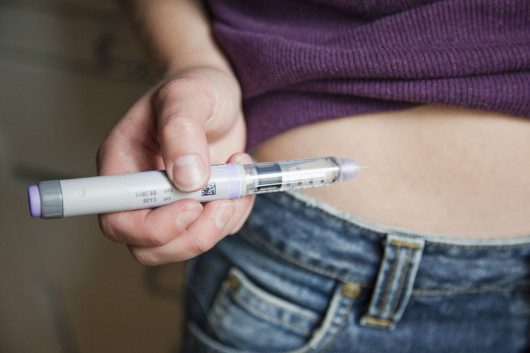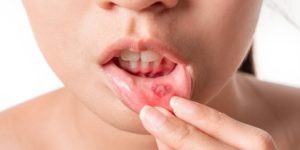A growth hormone deficiency is uncommon and, when it does occur, it usually affects children. It’s especially rare for adults and eldery individuals to experience the condition, which results from the pituitary gland’s inability to produce sufficient levels of growth hormones. The pituitary gland is small, located just at the base of the skull, but it’s responsible for producing eight different hormones. These hormones regulate a number of different bodily functions, including thyroid activity and body temperature. As the name of the condition suggests, a child may be suffering from GHD, if their growth and weight seem abnormal. Failure to diagnose and treat the condition isn’t life-threatening, but it can result in inhibited growth and it may delay puberty.
What Causes Growth Hormone Deficiency
Typically, GHD is the result of genetic defects that are present at birth, which result in a poorly formed pituitary gland. It’s currently unknown what causes the birth defect to occur, but the condition is observed in 1 out of every 7,000 births. Since the condition results in an abnormally formed pituitary gland, it most often results in children born with low birth weights. Additionally, infants born with cleft lips or cleft palates may have the condition.
Acquired Growth Hormone Deficiency, or AGHD, can affect adults and the eldery, as well as children. This condition is caused by external factors, usually resulting from infections, head injuries, or from radiation therapy. These conditions can cause a tumor to develop near the pituitary gland, or near the hypothalamus, which is also located in the same area of the brain. As the tumor grows, it may press on the pituitary gland and inhibit its ability to function properly.
Symptoms of HGH Deficiency
The symptoms of GHD can be seen almost as soon as the child is born, particularly in observing a lower than average birth weight. This may be accompanied by an abnormally small penis (micropenis) in males. As the child begins to age and develop, he or she may be diagnosed with hypoglycemia, or low blood sugar. Facial bones may not develop properly, teeth may take longer to develop, and long bones may not lengthen as they should. GHD may also inhibit the growth of hair and nails in children.
For an adult, the symptoms may not be as prominent. Common symptoms of AGHD include increased fat mass, while muscle mass decreases. They may also feel less energy, while anxiety and depression will become more common. Additionally, they may have higher than normal LDL-cholesterol and triglyceride levels, because the condition affects the body’s production of lipids.
How to Diagnose HGH Deficiency
GHD is often diagnosed through observation. Your child’s doctor may suspect the condition, if the child isn’t meeting typical growth patterns for the child’s age. If the doctor suspects GHD, he may take a deeper patient history to confirm this diagnosis. This involves asking the parents about their own growth and puberty development, as well as inquiring about the development of the child’s siblings.
To confirm the diagnosis, the doctor will run a number of tests. Blood tests aren’t always accurate, because the level of growth hormones in the body can fluctuate. For this reason, he may also test the patient’s kidney and thyroid function to observe the use of hormones in the body.
How to Treat HGH Deficiency
The condition can be treated efficiently with hormone replacement therapy, also called HGH therapy. In the past, hormones were extracted from deceased donors and injected into patients suffering from the condition. Today, HGH therapy primarily involves the use of synthetic hormones, which are injected into the patient in the same manner. The hormone is injected into the body’s fatty tissue, most commonly in the buttocks, thighs, or in the arms.

Typically, children with GHD will need the treatments on a daily basis, until they pass through puberty. In most cases, the pituitary gland can supply enough of the hormone that adults need, once their childhood and adolescent development has run its course. In some rare instances, the patient may need to continue taking daily HGH therapy injections throughout their lives.



